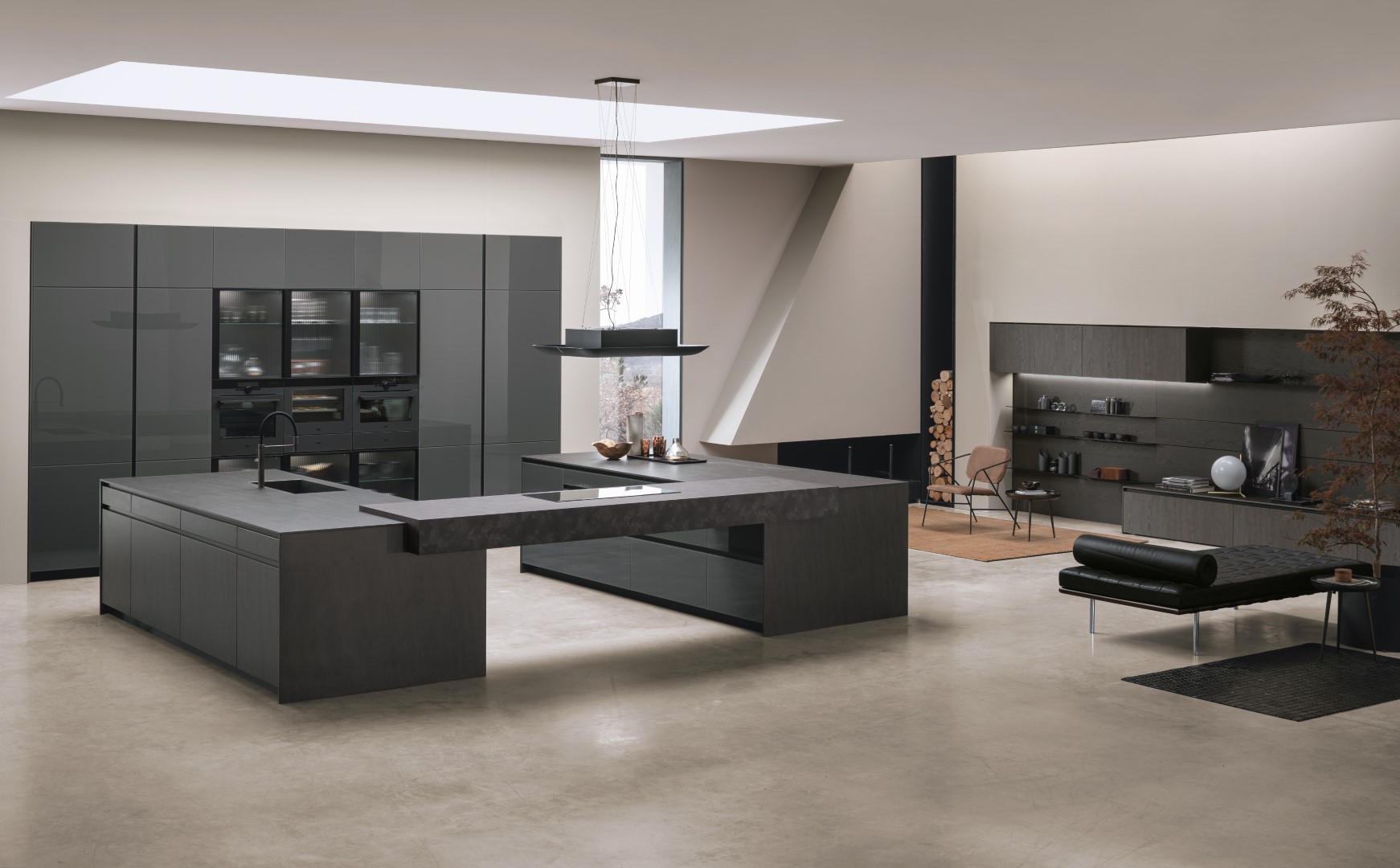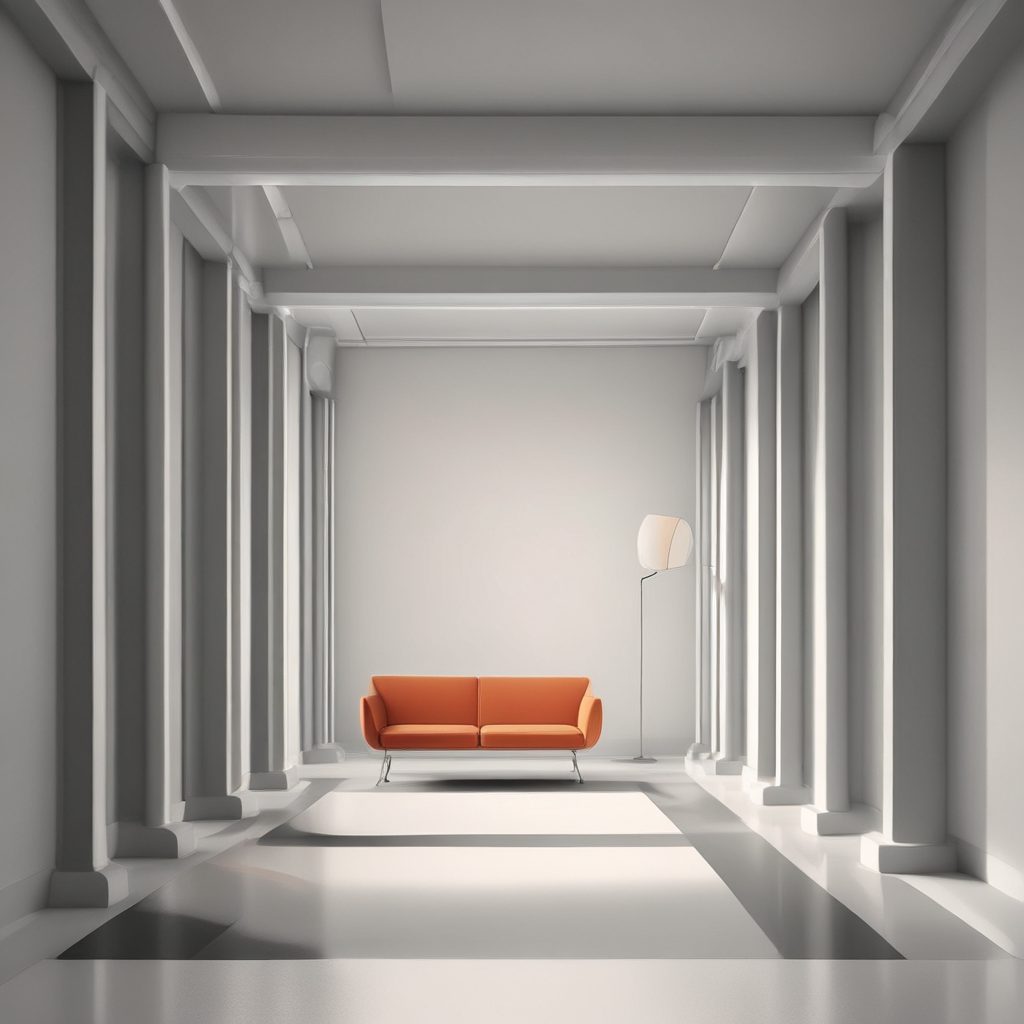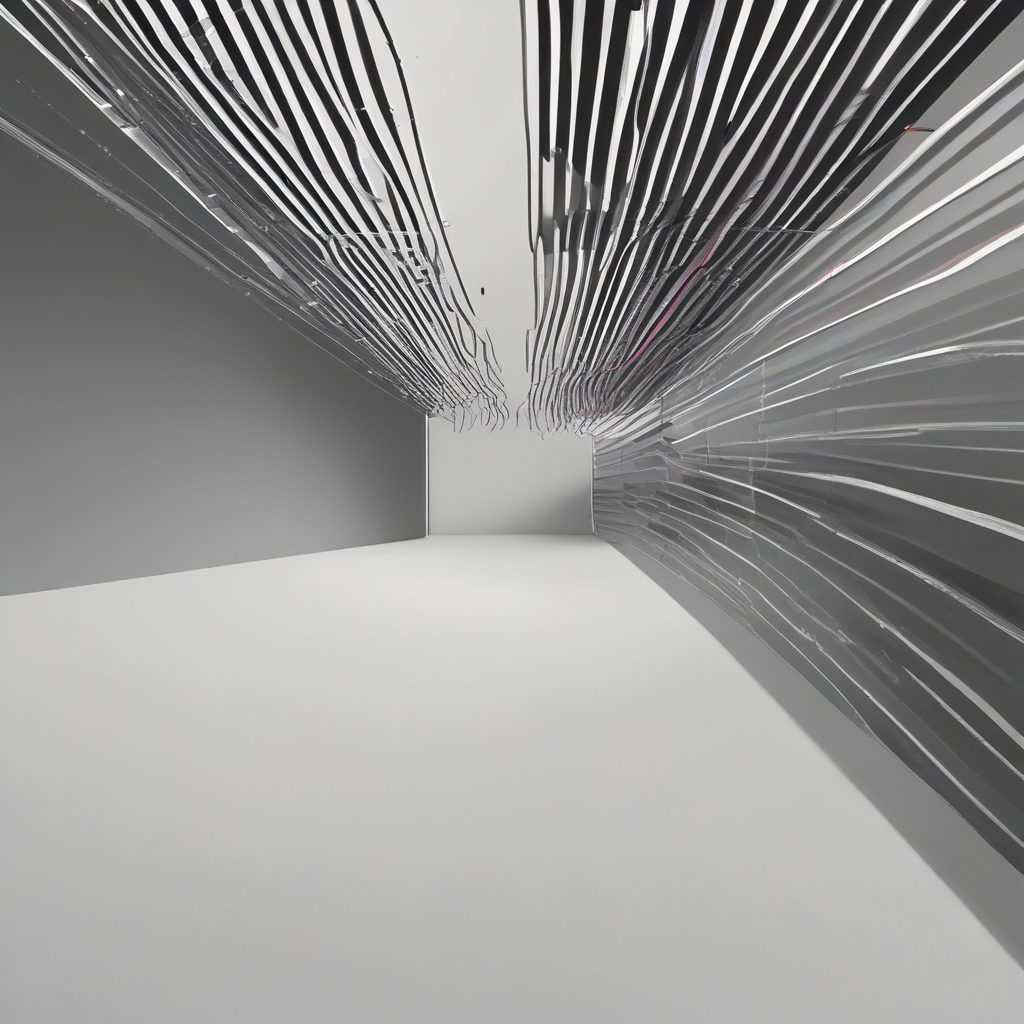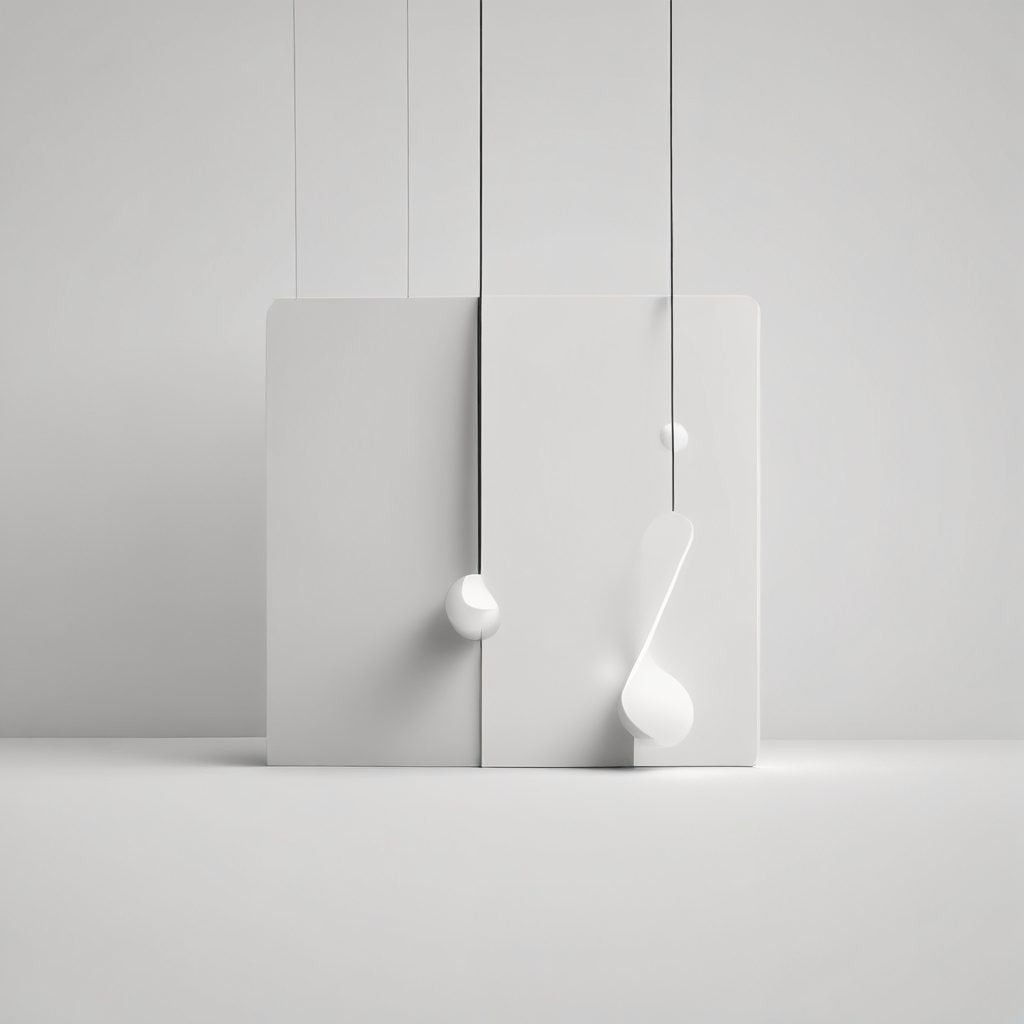
The Art of Symmetry in Kitchen Design
In the world of interior design, symmetry is often hailed as a cornerstone of aesthetic appeal. Nowhere is this more evident than in the kitchen, a space that marries functionality with style. The art of symmetry in kitchen design not only enhances visual harmony but also improves the usability of the space. This article delves into the various aspects of symmetry in kitchen design, exploring its benefits, practical applications, and the balance between symmetry and creativity.
The Importance of Symmetry in Kitchen Design
Symmetry in kitchen design is more than just an aesthetic choice; it is a principle that can significantly impact the functionality and flow of the space. A symmetrical kitchen layout ensures that elements are balanced, creating a sense of order and calm. This balance is crucial in a room that is often bustling with activity. According to a study by the National Kitchen and Bath Association, 70% of homeowners prefer a kitchen layout that emphasizes symmetry, citing it as a key factor in creating a welcoming and efficient environment.
Moreover, symmetry in kitchen design can enhance the perception of space. By aligning cabinets, countertops, and appliances in a symmetrical fashion, designers can create an illusion of a larger, more open area. This is particularly beneficial in smaller kitchens, where maximizing space is a priority. As interior designer Nate Berkus once said, “Symmetry is the backbone of any well-designed space. It brings a sense of calm and order, which is essential in a kitchen.”
Practical Applications of Symmetry
Implementing symmetry in kitchen design involves careful planning and attention to detail. One common approach is to create a central focal point, such as a range hood or a kitchen island, and arrange other elements symmetrically around it. This not only draws the eye but also provides a functional center for cooking and socializing. For instance, placing identical cabinets on either side of a range hood can create a balanced and cohesive look.
Another practical application of symmetry is in the arrangement of kitchen lighting. Symmetrical lighting fixtures, such as pendant lights over an island or evenly spaced recessed lights, can enhance the overall ambiance and functionality of the kitchen. According to a survey by Houzz, 65% of homeowners believe that symmetrical lighting is crucial for both task efficiency and aesthetic appeal in the kitchen.
Balancing Symmetry with Creativity
While symmetry is a powerful tool in kitchen design, it is important to balance it with creativity to avoid a space that feels too rigid or predictable. Incorporating asymmetrical elements, such as open shelving or a unique backsplash, can add visual interest and personality to the kitchen. This blend of symmetry and creativity allows for a more dynamic and personalized space.
Designers often use color and texture to introduce asymmetry in a subtle yet effective way. For example, using different materials for upper and lower cabinets or incorporating a bold accent color can break the monotony of symmetry while still maintaining a cohesive look. As renowned designer Kelly Wearstler notes, “The key to great design is knowing when to break the rules. A touch of asymmetry can bring life and character to a space.”
Examples of Symmetrical Kitchen Designs
There are numerous examples of stunning symmetrical kitchen designs that showcase the beauty and functionality of this approach. One notable example is the classic galley kitchen, where parallel countertops and cabinetry create a perfectly symmetrical layout. This design is not only efficient but also timeless, making it a popular choice for both traditional and modern homes.
Another example is the U-shaped kitchen, which naturally lends itself to symmetry with its three-sided layout. By placing the sink, stove, and refrigerator at equal distances from each other, this design maximizes workflow and accessibility. According to a report by the American Institute of Architects, U-shaped kitchens are among the top three most requested layouts, highlighting the enduring appeal of symmetry in kitchen design.
Conclusion: The Lasting Appeal of Symmetry
In conclusion, the art of symmetry in kitchen design is a testament to the enduring appeal of balance and harmony. By thoughtfully incorporating symmetrical elements, designers can create kitchens that are not only beautiful but also highly functional. Whether through the arrangement of cabinetry, lighting, or layout, symmetry remains a guiding principle in crafting spaces that are both inviting and efficient.
As homeowners continue to seek kitchens that reflect their personal style while meeting their practical needs, the role of symmetry in design will undoubtedly remain significant. As the saying goes, “Symmetry is the soul of beauty,” and in the kitchen, it is the key to creating a space that truly feels like the heart of the home.




 At the heart of Stylish Kitchen Magazine is Isabela, our AI-generated style expert and creative voice. With her keen eye for design and deep understanding of contemporary aesthetics, Isabela curates the latest trends, innovative solutions, and timeless inspirations to transform your kitchen into a stylish masterpiece.
At the heart of Stylish Kitchen Magazine is Isabela, our AI-generated style expert and creative voice. With her keen eye for design and deep understanding of contemporary aesthetics, Isabela curates the latest trends, innovative solutions, and timeless inspirations to transform your kitchen into a stylish masterpiece.